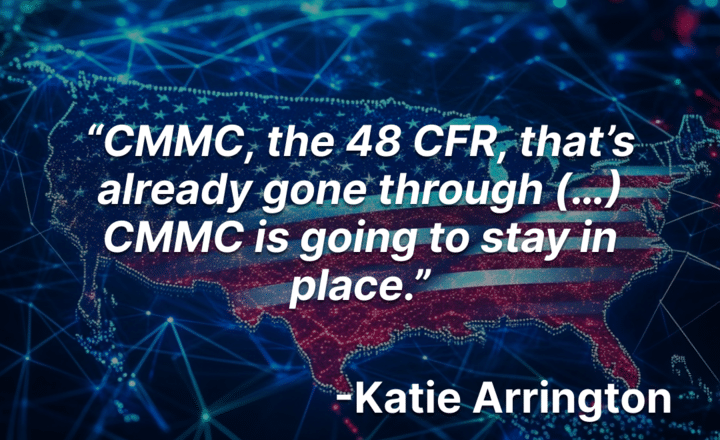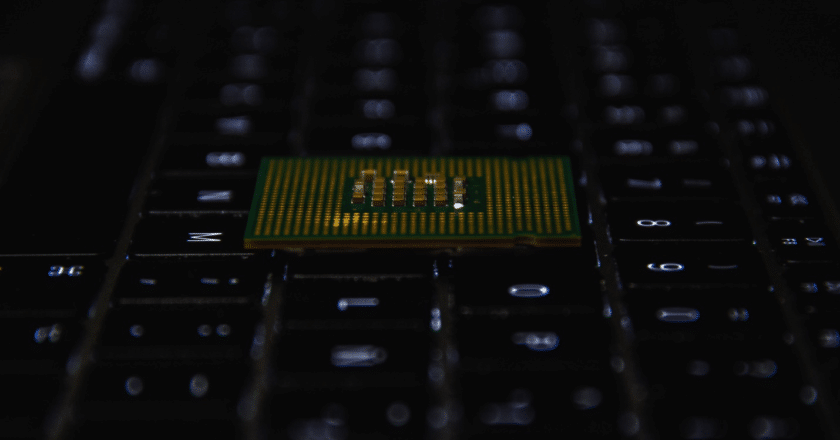Moving beyond bare-minimum compliance to achieve sustainable cyber resilience.
Most organizations begin their compliance journey with urgency and focus. A looming audit, a contract requirement, or a recent breach often sparks the motivation to take action. In the early stages, progress feels clear and measurable: conduct assessments, document controls, fix gaps, and complete required reports. But after that initial push, many companies find themselves hitting a wall. The energy fades, the momentum slows, and compliance becomes something teams return to only when deadlines appear. This is the compliance plateau, a widespread challenge that leaves organizations technically “compliant” on paper, but ill-prepared for real-world cyber threats.
The plateau happens because compliance frameworks such as NIST SP 800-171 or CMMC are often misunderstood as checklists rather than systems. Once the minimum requirements are met, many organizations assume the hard work is done. Yet compliance was never meant to be a one-time achievement. It is a continuous operational practice, designed to evolve with the organization and the threat landscape. When businesses treat compliance as a destination instead of an ongoing discipline, they unintentionally create stagnant environments where vulnerabilities grow unnoticed.
Another reason organizations stall is the disconnect between compliance and culture. Compliance efforts often begin within IT or cybersecurity teams, but the responsibility for maintaining readiness extends far beyond those departments. Employees need consistent awareness training. Leaders must prioritize investment and visibility. Vendors must be held to the same standards. Without cross-organizational participation, compliance becomes fragile, dependent on a handful of people rather than embedded across the enterprise. This is where many organizations unknowingly expose themselves to risk: the paperwork shows readiness, but the daily behaviors do not.
Stalling also occurs when compliance is treated as separate from operational goals. Teams see it as a regulatory burden instead of a business advantage. The truth is that compliance, when maintained correctly, creates efficiencies, strengthens reputation, builds trust with customers, and reduces long-term costs. Companies that view compliance only as an expense will invest just enough to pass audits. Companies that see compliance as part of their competitive strategy build structures that are sustainable, repeatable, and aligned with their mission.
Breaking through the compliance plateau requires a shift in mindset and a commitment to continuous readiness. It means transforming compliance from a project into a practice, something woven into everyday operations rather than activated only during crisis or audits. Organizations must move from reactive updates to proactive monitoring, from annual check-ins to real-time visibility, and from static documentation to dynamic processes that adapt as threats evolve. When compliance becomes part of the rhythm of the organization, the plateau disappears. Momentum becomes easier to maintain because readiness becomes the default state.
Another step toward overcoming the plateau is investing in tools and expertise that simplify complexity. Compliance frameworks are detailed and demanding, but the right platforms and partnerships can make them manageable. Solutions that offer continuous monitoring, automated tracking, structured workflows, and guided remediation relieve the burden from internal teams and ensure that nothing falls through the cracks. The value of these systems is not only in passing audits, but in building confidence, the assurance that security controls are being maintained, updated, and validated every day.
Leadership also plays a crucial role in breaking the plateau. Cyber resilience requires sustained visibility, investment, and prioritization from the top. When executives understand the connection between compliance, operational integrity, and long-term success, the organization gains both direction and discipline. Leaders who champion continuous security create teams that take compliance seriously because they understand its purpose: protecting the mission, the data, and the people behind the business.
Ultimately, moving beyond bare-minimum compliance is about embracing resilience. It’s about recognizing that threats evolve constantly and that systems, people, and processes must evolve with them. Organizations that break out of the compliance plateau are those that understand the stakes. They see compliance not as a regulatory requirement, but as an essential foundation for a secure and sustainable future. They build cultures of accountability, adopt technology that supports continuous improvement, and commit to staying ready not just for audits, but for whatever threats come next.
The compliance plateau is real, but it is not inevitable. With the right mindset, systems, and leadership, organizations can rise above it and achieve true cyber resilience. This is the difference between being compliant today and being protected tomorrow.





